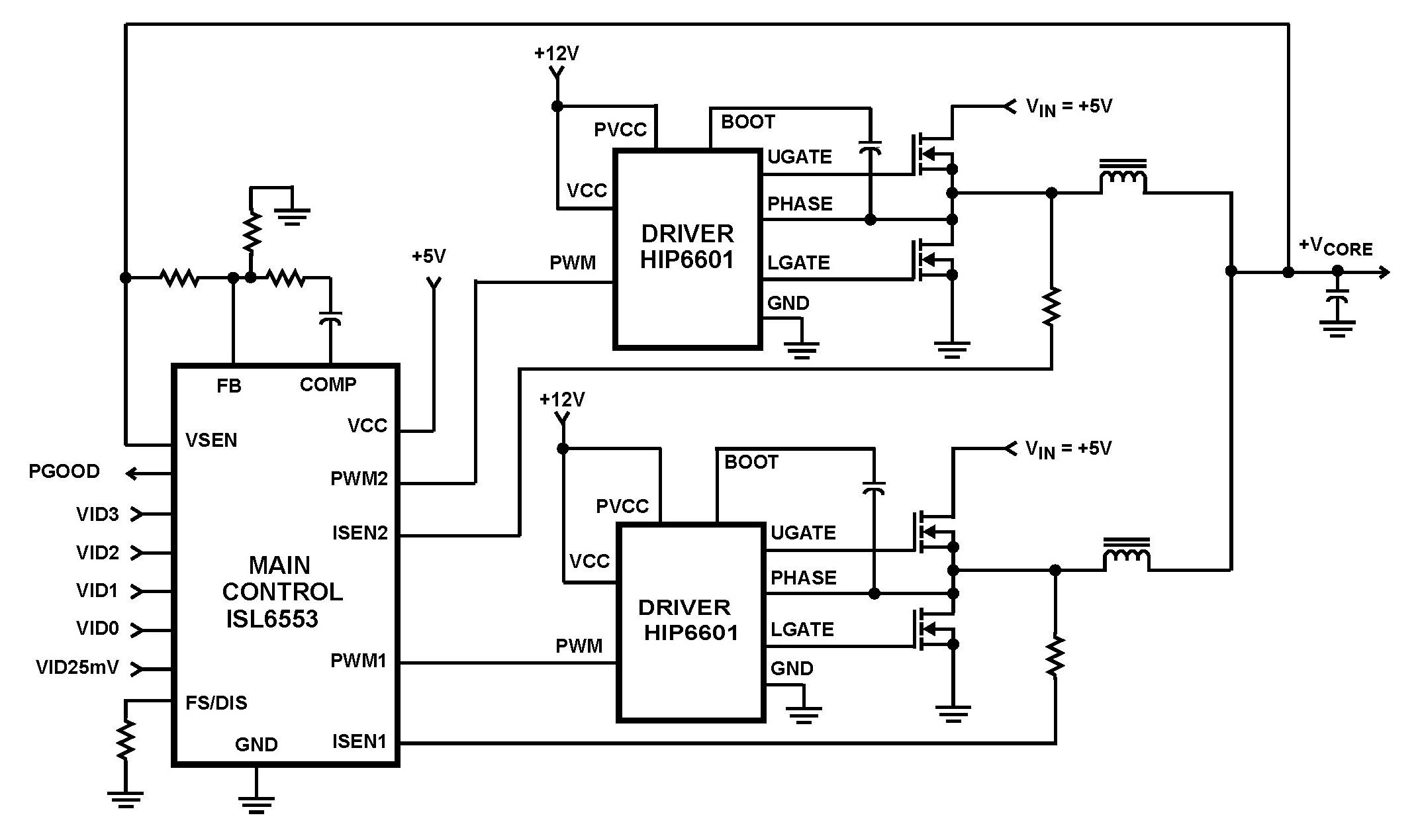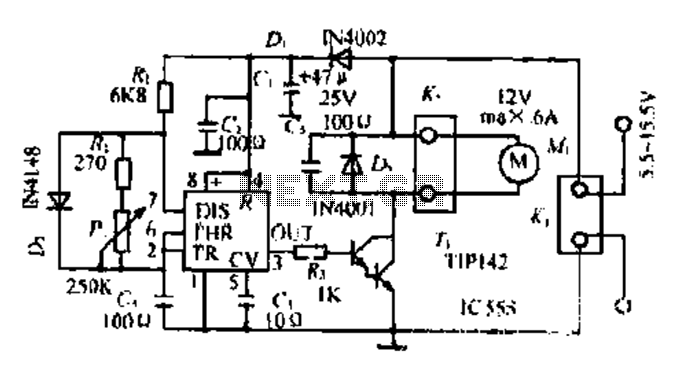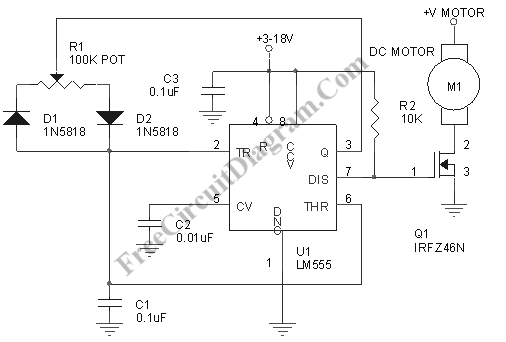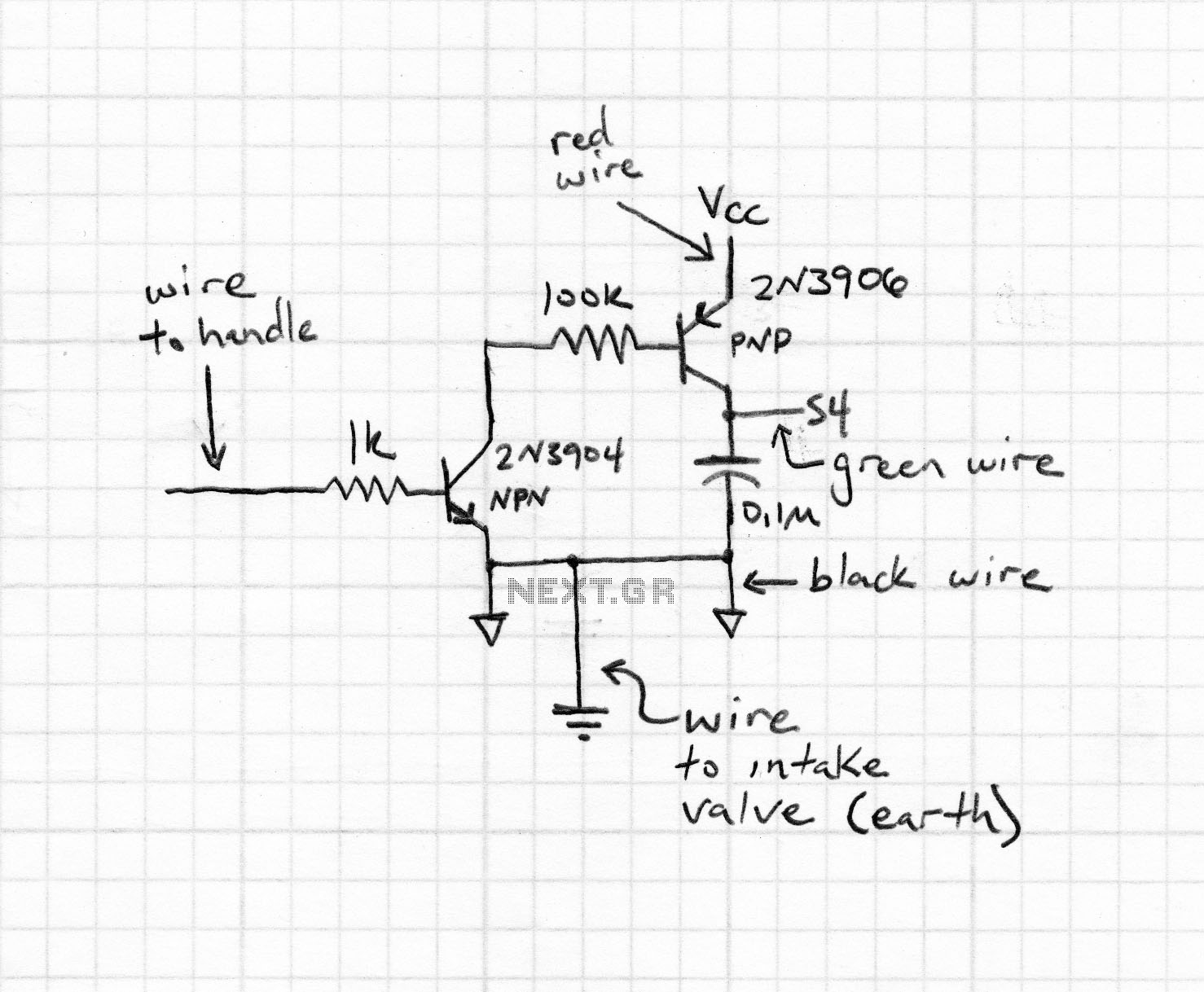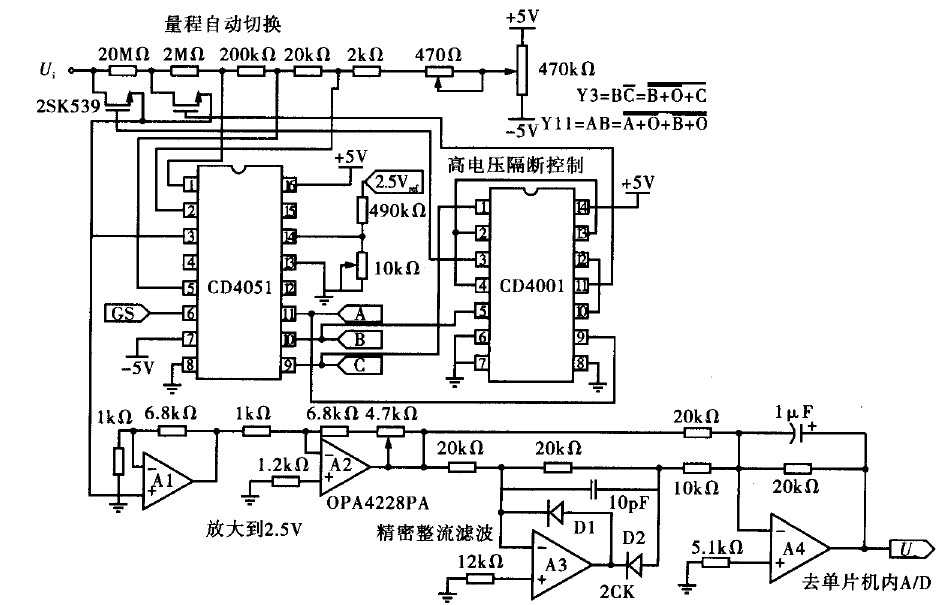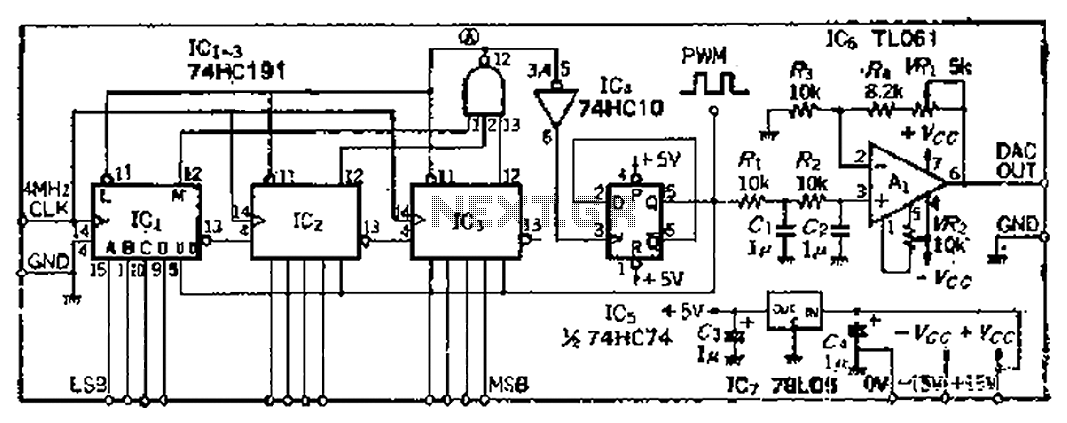
PC SMPS PWM chip CG8010DX16
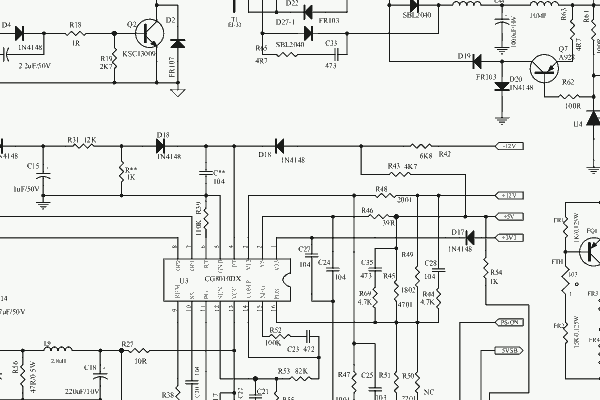
This document contains the datasheet and the circuit diagram of a PC Switching Power Supply utilizing the IC CG8010DX16.
The CG8010DX16 is a highly integrated switching power supply controller designed for use in personal computer power supplies. It features a range of functionalities that enhance performance and efficiency, making it suitable for various applications. The circuit diagram typically includes multiple sections, such as the input stage, control stage, output stage, and protection mechanisms.
The input stage is responsible for rectifying and filtering the AC voltage from the mains supply. It typically employs a bridge rectifier configuration followed by a bulk capacitor to smooth the output voltage. The control stage includes the CG8010DX16 IC, which regulates the output voltage through pulse-width modulation (PWM). This IC provides feedback to ensure stable output under varying load conditions, adjusting the duty cycle of the switching signal accordingly.
The output stage generally consists of a transformer that steps down the voltage to the desired level, along with additional filtering capacitors to reduce ripple voltage. The design may also include multiple output rails to supply different voltage levels required by various components within the PC.
Protection features are crucial in power supply designs to prevent damage to both the power supply and the connected devices. Common protection mechanisms include over-voltage protection (OVP), over-current protection (OCP), and thermal shutdown. These features are integrated into the circuit to ensure safe operation under fault conditions.
Overall, the schematic of the PC Switching Power Supply using the CG8010DX16 provides a comprehensive overview of the components and their interconnections, illustrating how the power supply achieves efficient voltage regulation and protection for reliable operation in computing environments.Here are the datasheet and the circuit dram of a PC Switching Power Supply using the IC CG8010DX16.. 🔗 External reference
The CG8010DX16 is a highly integrated switching power supply controller designed for use in personal computer power supplies. It features a range of functionalities that enhance performance and efficiency, making it suitable for various applications. The circuit diagram typically includes multiple sections, such as the input stage, control stage, output stage, and protection mechanisms.
The input stage is responsible for rectifying and filtering the AC voltage from the mains supply. It typically employs a bridge rectifier configuration followed by a bulk capacitor to smooth the output voltage. The control stage includes the CG8010DX16 IC, which regulates the output voltage through pulse-width modulation (PWM). This IC provides feedback to ensure stable output under varying load conditions, adjusting the duty cycle of the switching signal accordingly.
The output stage generally consists of a transformer that steps down the voltage to the desired level, along with additional filtering capacitors to reduce ripple voltage. The design may also include multiple output rails to supply different voltage levels required by various components within the PC.
Protection features are crucial in power supply designs to prevent damage to both the power supply and the connected devices. Common protection mechanisms include over-voltage protection (OVP), over-current protection (OCP), and thermal shutdown. These features are integrated into the circuit to ensure safe operation under fault conditions.
Overall, the schematic of the PC Switching Power Supply using the CG8010DX16 provides a comprehensive overview of the components and their interconnections, illustrating how the power supply achieves efficient voltage regulation and protection for reliable operation in computing environments.Here are the datasheet and the circuit dram of a PC Switching Power Supply using the IC CG8010DX16.. 🔗 External reference
